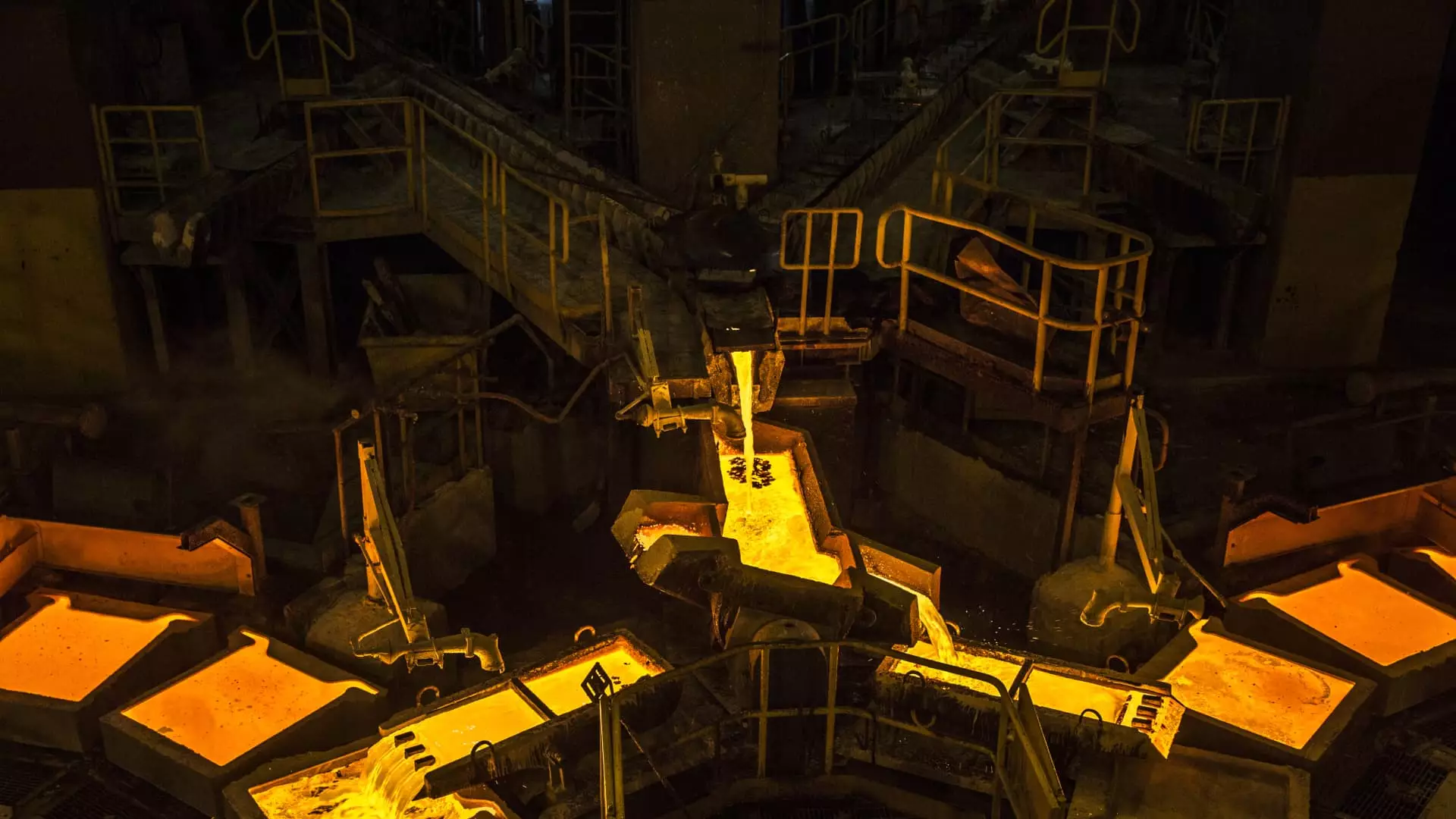Recent months have witnessed a notable shift in the investment landscape of Peru. After enduring years of political instability, a growing sense of calm has begun to attract international investors to the country’s sovereign bonds. With foreign investors holding 39% of Peru’s sovereign bond market, the nation now stands as a leader among emerging market countries. This rising investor confidence is significantly shaped by the potential for improved returns on investments, particularly in the context of Peru’s unique economic indicators.
One of Peru’s most commendable economic features is its impressively low debt-to-GDP ratio, standing at a mere 33%. This places it favorably against some of its Latin American counterparts, such as Brazil, which has a staggering 86.7% debt-to-GDP ratio, and Chile, with 40.5%. Such fiscal health is crucial, as it provides a safety net for investors looking for stability in turbulent times. The Central Reserve Bank of Peru also plays a vital role in this narrative; its proactive approach to managing interest rates has resulted in a current rate of 5.25%, the lowest in Latin America.
This stable economic backdrop is bolstered by the country’s resilient currency, the Sol, which adds another layer of appeal for prospective foreign investors. Overall, the combination of a low debt ratio and a stable currency creates an investment environment that is reassuring, especially for those wary of high-risk markets.
In a comparative analysis of global markets, Peru’s yield curve stands out as the steepest among both global and emerging markets. This sharp contrast to the flat or inverted yield curves observed in economies like the United States provides an attractive proposition for investors seeking higher yields. The current yields for Peruvian bonds reflect this advantage; for instance, a two-year Soberano yields 4.661% and the ten-year variant reaches 6.428%.
Investment firms like Bank of America have identified this potential and are strategically positioning themselves in the Soberano market. The anticipated rate cut cycle from the Federal Reserve augurs well for Peruvian bonds, suggesting that there could be substantial upside for local investors. With such promising dynamics, it’s clear that intelligent capital is being reallocated towards Peru’s fixed income instruments.
Despite the improving financial metrics, the political climate in Peru remains tumultuous. The ongoing gridlock in Congress, along with calls for President Dina Boluarte’s resignation earlier this year, has created an environment filled with uncertainty. However, intriguingly, this political dysfunction has paradoxically led to a healthier fiscal environment as the lack of a strong executive has deterred aggressive policy changes that might otherwise jeopardize fiscal stability.
While the political stalemate may impede the passage of progressive legislation, it also avoids the risks inherent in drastic policy shifts during uncertain times. Observers such as Pramol Dhawan from Pimco acknowledge that this political context has surprisingly fostered a favorable backdrop for fixed income investments, as the Central Bank remains a stabilizing force amidst the chaos.
Turning to the equity markets, the trajectory isn’t as straightforward. The MSCI Peru Index has shown robust performance, rallying 24.8% in the current year alone, bolstered by a significant boost from commodity prices. Yet, Pramol Dhawan urges caution, warning that the sustainability of this growth is largely contingent upon a functional political system.
The mining sector, which dominates the market’s capitalization, is inherently volatile. While the recent boom in copper prices aligns with burgeoning demand driven by China’s economic stimulus, the dependency on commodities poses risks. Without a favorable political climate, sustaining long-term growth in equity prices may prove challenging. The cyclical nature of commodities means that fluctuations could easily disrupt the gains seen in the stock market.
While there are compelling reasons for investors to consider Peru’s sovereign bonds against the backdrop of low debt and attractive yields, the political landscape remains a critical variable. The ongoing challenges in governance may not hinder fixed income markets as much, but for equities, the story is less clear. As investors navigate this complex environment, it is essential to balance optimism with prudent caution, ensuring a strategic approach toward harnessing Peru’s economic potential amidst its evolving political scenario.

